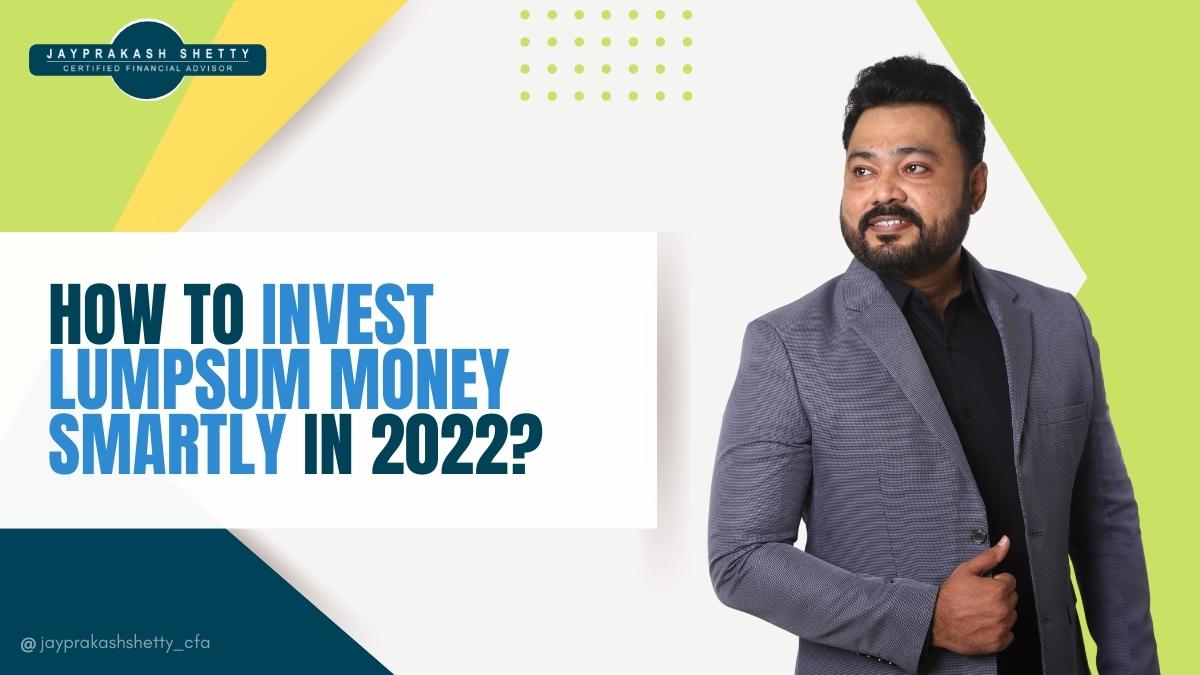High-profile players and investors, especially those who rely on the growth of a
company’s shares to generate cash, typically prefer making lump-sum investments in
managed funds. A lump sum financial investment can be an excellent monetary source
for an individual with a sizable investment amount and a potential risk tolerance.
One can use investing to supplement your income, finance your retirement, or even
get yourself out of a tight spot financially. Investment increases your financial worth,
thus taking care of your financial objectives in the long and short run. Choosing to put
your money to work for you is the right approach. This article will help you to
understand the benefits of making single-pay investments.
There are high-risk strategies like stock, MFs, and crypto as well as low-risk strategies like
debt funds, FD, PPF, and NSC. Thus, your investment horizon and degrees of risk
tolerance will be the main determinants of the scheme you choose.
High-risk appetite
An investment vehicle that offers a high rate of return in a short period of time, with
unstable or unknown performance is usually considered as a high-risk investment. This
implies that if everything goes as planned, these investments can fetch huge profits
while engaging your money at higher risk.
This type of investment is suitable for individuals who have less responsibility on their
shoulders such as people in their 20s or people who have received a huge amount of
money from whatever source and are willing to invest it wisely.
The tricky part about a high-risk investment is that it requires research, experience, and intuition to make the guesswork. If all three components are strong, one can go
ahead and make the investment. For investors with an appetite for risk, there are many options available in the Indian financial market.
Low-risk appetite
By nature, with low-risk investing, there is less at stake—either in terms of the
amount invested or the significance of the investment to the portfolio. Low-risk
investment also prohibits the generation of higher returns or high-potential benefits
in the long run. Low-risk investment, in simple words, means safeguarding your
deposits against unforeseen events.
Low risk is suitable for individuals with no other income source or for people
who want to play extremely safe in the market. Safety and security are the two main
advantages of low-risk investments. Just like high-risk, there are many options
available for low-risk investments.
Hereunder listed are some trusted avenues to invest intelligently in the market:
Lumpsum investment options in 2022
- SIP with SWP
This expert option is recommended by renowned financial advisor JP Shetty himself.
The SWP (systematic withdrawal plan) in mutual funds is an attractive and promising
way to maintain your money in mutual fund schemes while generating a consistent
stream of income and return. The withdrawal that is ideally used for loan
repayments, or monthly expenditures, can be reinvested in SIPs that offer higher
returns. This way you are getting money from SWP (low risk-low return) and
re-investing in SIP (high risk-high return), thus, generating two income sources from a
single lumpsum amount.
Risk factor: Moderate - Gold ETFs
Gold ore is acquired through gold exchange-traded funds (ETFs). These ETFs monitor
domestic gold prices and are passive investments. They are a substitute for buying
real gold and are available in digital form. Each unit of a Gold ETF is one gram of gold
and is backed by 99.5% pure gold. Gold ETFs are appropriate for investors looking to
diversify their holdings. They are also less taxed than genuine gold.
Risk factor: Low - Post Office Fixed Deposit
Another effective savings option is the Post Office Fixed Deposit. The interest rates
are set on a quarterly basis by the Ministry of Finance. To participate in the post
office fixed deposit program, one must deposit at least INR 1000. The one-time
investment plan tenure ranges from one year to five years. Investors are eligible for
Rs. 1.5 lakhs of tax exemption each per year.
Risk factor: Low - Public Provident Fund
An effective savings option is the Post Office Fixed Deposit. The interest rates are set
on a quarterly basis by the Ministry of Finance. A post office fixed deposit account
requires a minimum deposit of INR 1,000. The duration of the one-time investment
plan spans from one 1 to 5 years. A tax exemption of up to INR 1.5 lakhs per year is
available to investors.
Risk factor: Low - National Savings Certificate
The National Savings Certificate (NSC) is a basic savings initiative that encourages
people with low and moderate incomes to save. This post office scheme is supported
by the Indian government, and so the returns are assured. The NSC savings plan has a
5-year guaranteed income and a minimum investment requirement of INR 100. The
National Savings Certificate is only open to Indian residents. Investments in NSCs are
eligible for a tax deduction of up to INR 1.5 lakhs under Section 80C of the Income Tax
Act of 1961.
Risk factor: Low - IPOs
Initial Public Offerings (IPOs) are typically invitations to the public to purchase shares
of new firms before they are listed on exchanges. The interest rates start out low and
then fluctuate in line with stock price changes.
Risk factor: High
Some other go-to options are RBI bonds, Senior citizen savings schemes, ULIPs, and
REITs amongst others.
Key takeaway
When you are considering a lump sum investment, you should ideally approach a
financial advisor to do it on your behalf as they have years of experience studying
every component of the ever-fluctuating financial market. Your financial advisor will
help you build a portfolio that best suits your requirements and risk capacities.
To make informed decisions considering the factors affecting single-pay lumpsum
investments, read this quick 2-minute, expert article. For detailed information on all
of the above options, feel free to reach out to Jayprakash Shetty, an industry expert
for more than a decade and a renowned financial advisor.




0 Comments